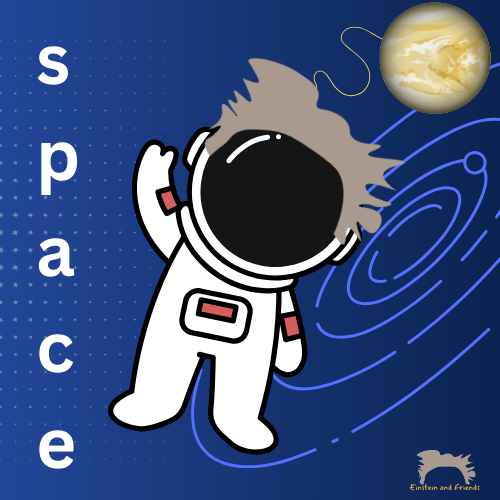All about Constellations 🌌✨ with Einstein & Friends
- Einstein & Friends

- May 18, 2024
- 3 min read
Updated: Mar 3
Welcome, space enthusiasts, to your daily dose of universe exploration with "Einstein and Friends"! Today, we're taking a stellar journey through the twinkling patterns that light up our night sky: constellations! 🌠
Constellations are like the dot-to-dot drawings across the night sky, formed by imaginary lines connecting stars. These celestial patterns have been used for thousands of years, not just for navigation, but as a way to pass on myths and legends from generation to generation. Let’s dive into some fun and fascinating facts about these starry wonders.

What Are Constellations? Constellations are groups of stars that form an imaginary outline or pattern in the night sky, typically representing animals, mythological people, gods, or creatures. There are 88 officially recognized constellations today, covering the entire sky. 📜✨
How Did Constellations Get Their Names?
The Stories Behind the Stars Long ago, people used the stars as a map, telling stories and creating myths to explain what they saw. The Greeks, Romans, and Babylonians all had their own versions of starry tales. Each constellation has a story. For example, Orion, one of the most famous constellations, is named after a hunter in Greek mythology. It's easily recognizable by Orion's Belt, a row of three stars. According to myth, Orion was placed in the sky by Zeus, the king of the Greek gods. 🏹⭐
Can You See Constellations Anywhere?
Yes! But the constellations you see depend on where you are on Earth. Some are visible only in the Northern Hemisphere, while others can only be seen from the Southern Hemisphere. Plus, as Earth orbits the Sun, the night sky changes, so different constellations appear in different seasons!
Fun Constellations to Spot!
Here are a few you might recognize:
Ursa Major (The Great Bear) – Home of the famous Big Dipper!
Leo (The Lion) – A constellation that looks like a lion and shines bright in spring.
Cassiopeia – A W-shaped constellation named after a mythical queen.
Crux (The Southern Cross) – A key guide for travelers in the Southern Hemisphere.
How Can You Find Constellations?
It’s easy! Grab a star map or download a stargazing app. Find a dark spot away from city lights, look up, and let your eyes adjust to the darkness. Soon, you’ll see the stars forming patterns just like ancient astronomers did!
Using Constellations for Navigation Before the GPS, before compasses, there were constellations. Sailors and travelers used constellations like the Big Dipper, which is part of Ursa Major, to find their way. The two stars at the end of the Big Dipper's bowl point directly to Polaris, also known as the North Star, which is a beacon for navigation because it sits directly above the North Pole. 🧭🌟
Constellations Across Cultures Different cultures have their own constellations and stories. For example, in many Native American cultures, the stars of the Big Dipper are seen not as a bear but as a great celestial bird. In India, the same stars are seen as the seven sages called the Saptarishi. This shows how people from various parts of the world have looked up at the same stars but seen different images and stories. 🌐🌟
A Cosmic Adventure!
The night sky is a giant storybook, waiting for you to read its glowing pages. Keep exploring, and maybe you’ll even make up your own constellation stories!
Next time you look up at the stars, remember—you’re gazing at the same constellations that guided sailors, inspired legends, and sparked scientific discoveries. Keep wondering and keep exploring with Einstein & Friends! 🌟
What’s your favorite constellation? Let us know in the comments below!
Happy stargazing! 🌌

Comments